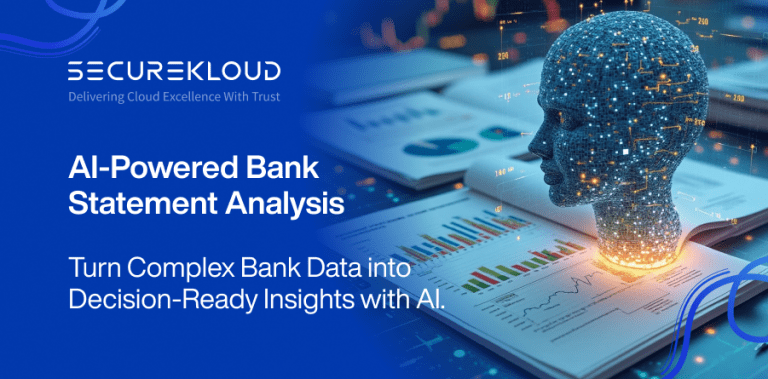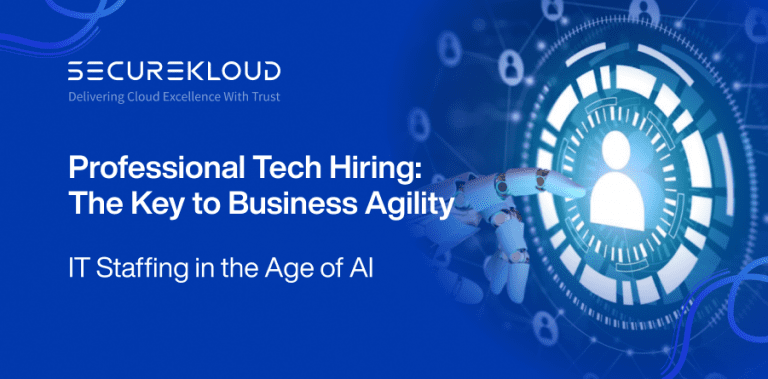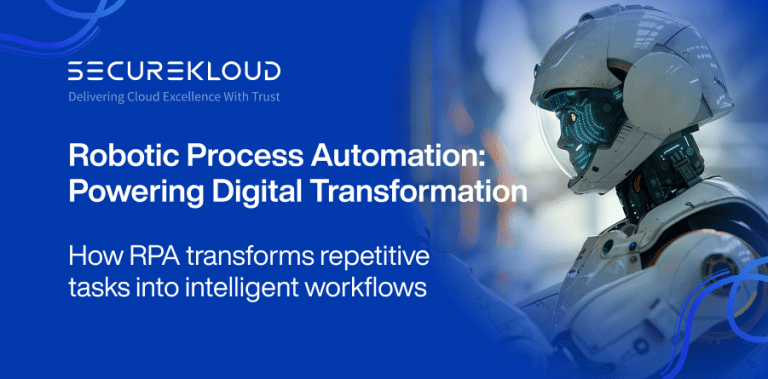- 4Minutes
- 784Words
- 74Views
The rise of SaaS enterprise applications has revolutionized the way businesses manage their operations. With cloud-based solutions, organizations can now access powerful tools without the need for complex on-premise infrastructure. The future of SaaS is bright, as it offers unmatched flexibility, scalability, and cost-efficiency. In this blog, we’ll explore why SaaS is the future for enterprise-level applications and how enterprise SaaS solutions are transforming business landscapes.
What is SaaS?
Software as a Service (SaaS) is a cloud-based delivery model where software applications are hosted remotely by service providers and made accessible over the internet. Instead of buying and installing software on individual computers or servers, businesses subscribe to SaaS solutions, allowing them to access the same features without needing to worry about maintenance or updates.
Key Benefits of SaaS for Enterprises
The growth of enterprise SaaS solutions has been fueled by numerous advantages that make it the ideal choice for organizations looking to streamline their operations. Let’s take a look at the key benefits of SaaS for enterprises:
- Cost Efficiency: One of the biggest advantages of SaaS for enterprises is the cost savings. Traditional on-premise software requires significant upfront investment in hardware, licenses, and ongoing maintenance. In contrast, SaaS operates on a subscription basis, allowing businesses to pay only for what they use.
- Scalability: Enterprise SaaS solutions offer scalability that traditional software can’t match. As business needs evolve, SaaS platforms can be scaled up or down easily. Whether an organization needs to add more users, increase storage capacity, or integrate additional features, SaaS provides the flexibility to grow without major disruptions.
- Accessibility and Flexibility: With SaaS applications, businesses are no longer confined to their office premises to access critical software. SaaS applications can be accessed from anywhere, on any device, as long as there’s an internet connection. This accessibility is crucial for enterprises with remote teams or global operations. It also enhances flexibility, allowing employees to work on the go or from different locations seamlessly.
- Automatic Updates and Maintenance: Another significant benefit of SaaS is that the provider handles all updates, maintenance, and security patches. Enterprises don’t need to worry about downtime or hiring dedicated staff to manage system upgrades. SaaS providers automatically update the software, ensuring that users always have access to the latest features and security enhancements.
- Enhanced Security and Compliance: SaaS providers invest heavily in security measures, ensuring that their clients’ data is safe. Enterprise-level SaaS applications often comply with industry-specific regulations like GDPR, HIPAA, and SOC 2.
Why SaaS is the Future for Enterprise Applications
The future of SaaS is shaping up to be a game-changer for enterprises, as more companies shift to cloud-based solutions. Here are the reasons why SaaS is positioned to dominate enterprise-level applications in the coming years:
- Agility and Innovation: The fast-paced nature of today’s business world demands that companies be agile and adaptable. SaaS solutions provide the agility needed to quickly implement new features and respond to market changes. SaaS vendors are continuously innovating their platforms to stay ahead of customer demands, providing enterprises with cutting-edge tools and capabilities without delays.
- Customizable Solutions: One of the key trends driving the future of SaaS is the ability to offer highly customizable solutions for different industries. SaaS vendors are building platforms that allow enterprises to tailor the software to meet their specific needs, from custom dashboards and workflows to integrating third-party tools.
- Integration with Emerging Technologies: SaaS solutions are designed to integrate easily with other technologies like artificial intelligence (AI), machine learning (ML), and big data analytics. These integrations enable enterprises to harness the power of these technologies without needing in-house expertise. The future of SaaS will see more companies adopting AI-driven insights, automating processes, and leveraging data for better decision-making.
Challenges and Considerations
While SaaS offers a multitude of benefits, enterprises must also consider certain challenges:
- Data Migration: Moving from on-premise systems to the cloud can be complex, requiring careful planning and execution to avoid disruptions.
- Compliance Concerns: Depending on the industry, businesses may need to ensure their SaaS providers comply with relevant regulations and standards.
- Vendor Lock-In: Enterprises should be cautious of becoming too reliant on a single SaaS provider, as switching vendors can be costly and time-consuming.



